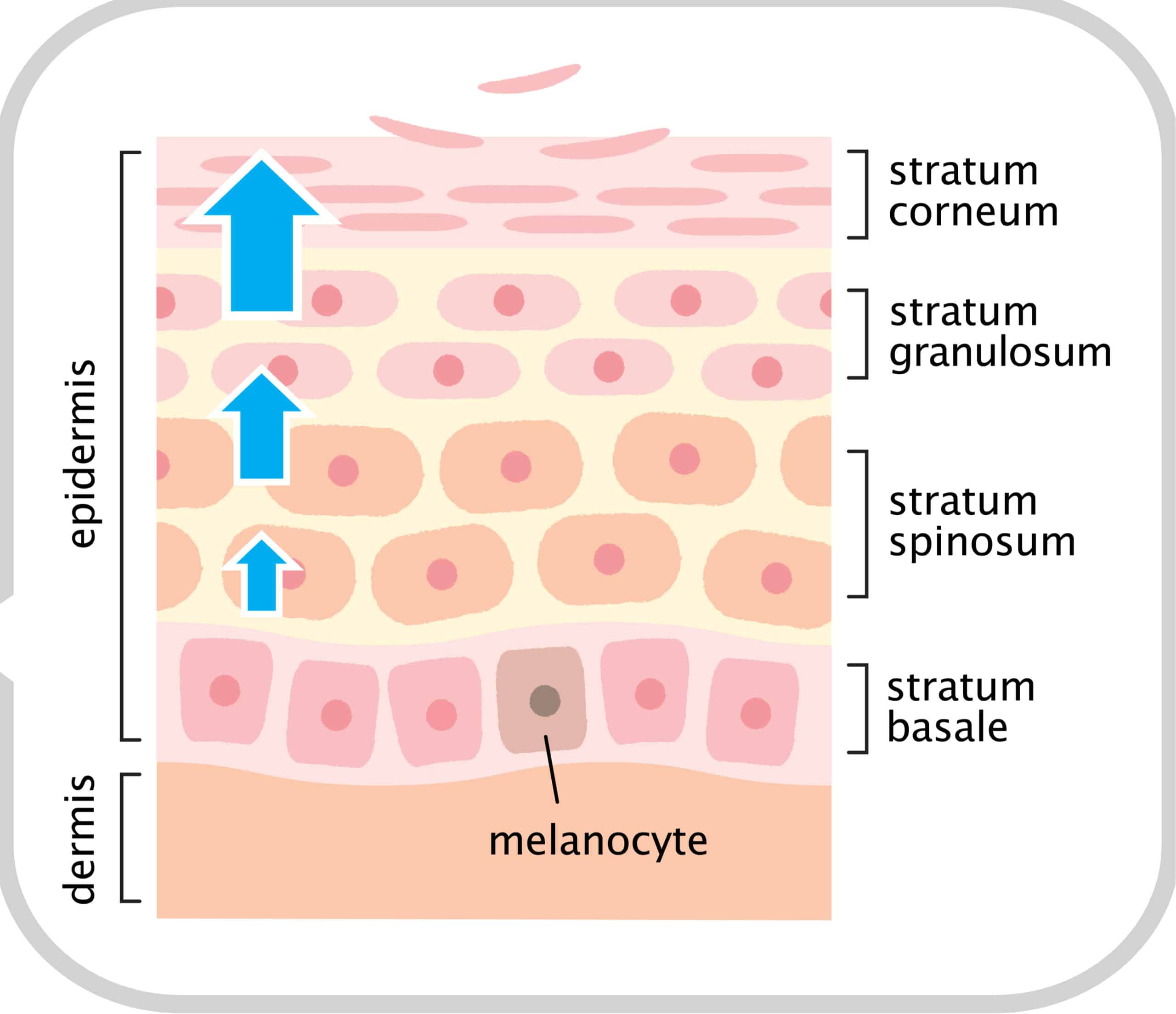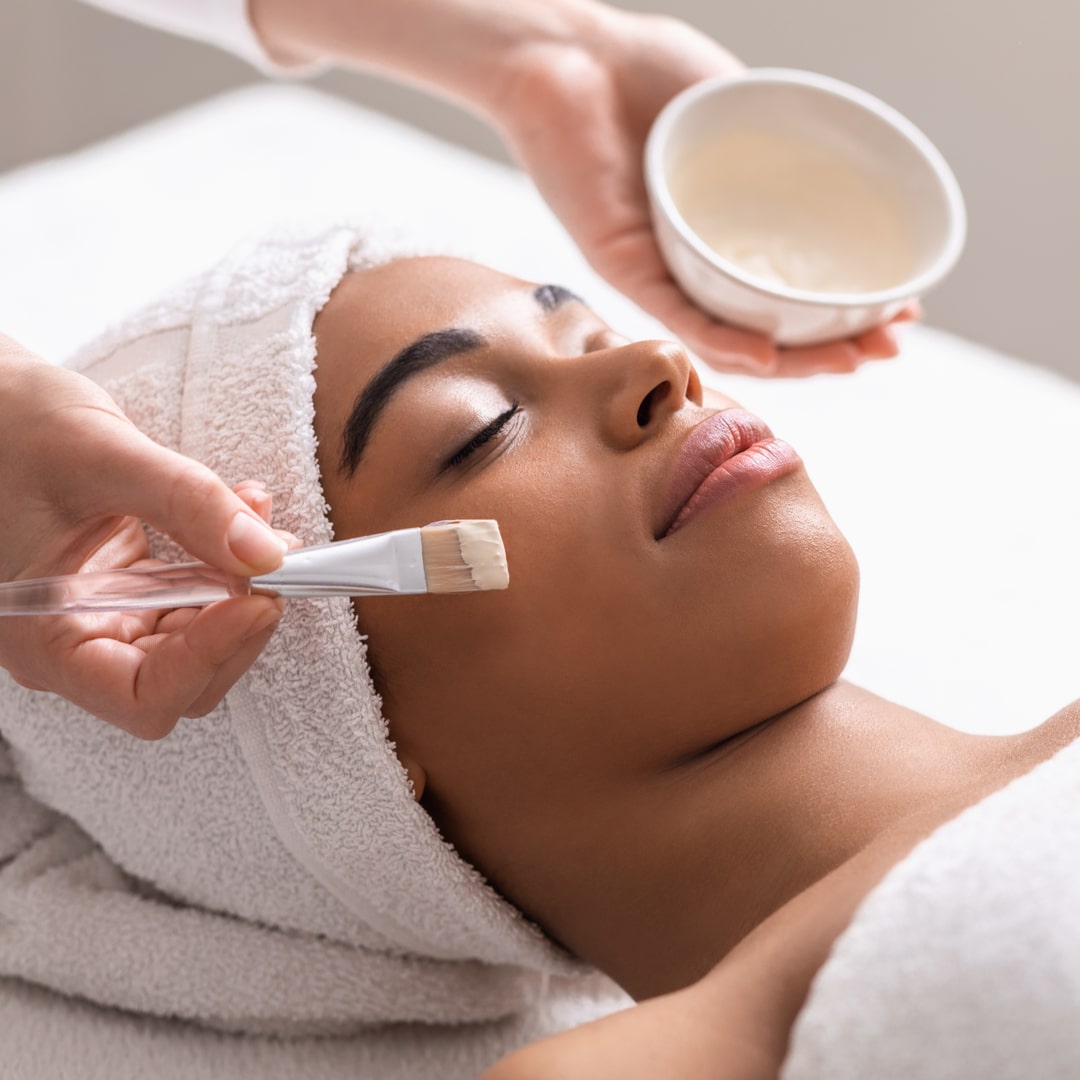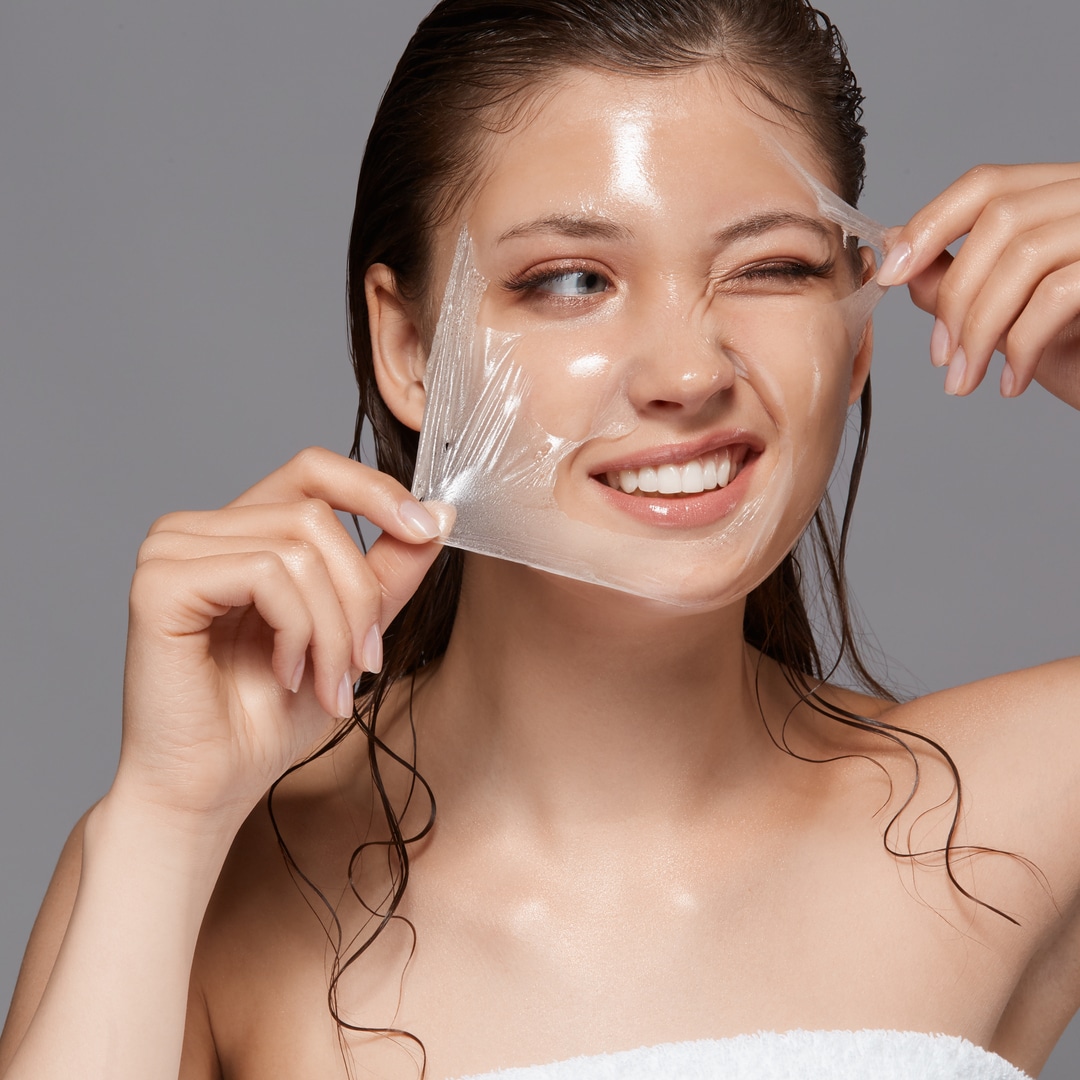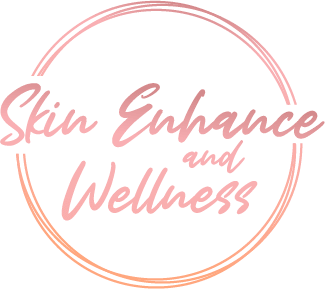Have you had an in-clinic chemical peel but didn’t experience any peeling afterwards?
Were you disappointed that the treatment hadn’t worked?
Don’t worry most people expect to have some peeling after a peel but it really depends on the condition of your skin at the time of chemical peel whether you peel or not.
Skin’s natural cycle

Our skin is in a constant renewal state and we shed our top layer on a daily basis. We shed very slowly, and as dead skin cells get washed or brushed away, we do not normally notice this. The cells are made deep in our skin and migrate to the surface to be shed. This process is quite quick in youth lasting about a four-week period extending to six weeks or longer as we get older. As the shedding slows down, so does the production of new cells leading to a build-up of a thicker layer of dead skin cells on the surface. Externally, this can give your skin a dull, dry appearance.
The cells also change as they migrate to the top from being juicy and plump to flatter and dehydrated. They normally carry pigment to the surface with them. Once at the surface they are held by special bonds which ‘glue’ the cells together for a short period before they break away.
What happens during a chemical peel?

During a chemical peel, a specially prepared acid or a combination of acid solution is applied on the surface of your skin. This breaks the bonds or ‘glue’ holding the cells together. Different acids are able to penetrate to different depths during the treatment. Over the following week, the cells separate away giving visible signs of flaking or peeling. Sometimes this may only be happening when you wash your skin so you may not be aware of the ‘peeling’. If the skin is particularly dehydrated at the time of the peel, you may experience more peeling. Deeper peels cause more extensive peeling.
Whether you peel or not, you can be reassured that a good chemical peel would do its job- stimulate separation of the surface layer encouraging your skin to multiply faster. Hence reveal more radiant, hydrated skin.
What are the risks of a chemical peel?
Occasionally if the skin is poorly prepared with no exposure to medical-grade products, it may react with side effects such as hyper (increased) pigmentation, inflammation or even scarring. It is possible to have an allergic reaction to the components of the peel in susceptible individuals. It is therefore recommended that your skin is prepared with the correct skincare before you have a chemical peel. This may be as little as two weeks or twelve to eighteen weeks depending on your risk factors. Those with a darker skin tone or a family history of darker skin tones are at increased risk of hyperpigmentation and need careful skin preparation.
What are the benefits of a chemical peel?
A chemical peel is a brilliant skin rejuvenation treatment to stimulate your skin to perform better. It is great at removing superficial pigmentation and improving superficial scars. By exfoliation, it can help to even out your skin tone. Chemical peels can be used to address uneven and rough skin texture by stimulating new skin production. It also helps to reduce fine lines and wrinkles as skin quality improves.
In blemish-prone skin, the targetted chemical peel helps to shrink the pore and reduce sebum production. It will also reduce inflammation leading to fewer blemishes.
How often should you have a chemical peel?

How often you should have a peel really depends on the intended purpose. For acne and blemish-prone skin, gentle chemical peels are recommended every 2-3 weeks. For pigmentation, it maybe every 3-4 weeks. Skin rejuvenation peels maybe every 4-6 weeks. Once a course of a peel is completed you should really start a maintenance programme to sustain the results of the initial treatment course. You may also consider home peels when clinic attendance is unsuitable. If not maintained, the skin will revert back to its dull state lacking lustre.
At Skin Enhance And Wellness, I offer a variety of chemical peels including prescription-only chemical peels. It is best to have a consultation first in person or remotely to assess suitability and start on home treatment to prepare for a chemical peel.
Here’s my previous blog about chemical peels:
Want a chemical peel but discouraged by the words ‘chemical’ and ‘peel’?
Here is a video of a chemical peel offered in the clinic:
What to expect during and after Obagi Blue Peel Radiance at Skin Enhance Clinic
For further enquiries:


Recent Comments